Nepenthes care, the seductive carnivore
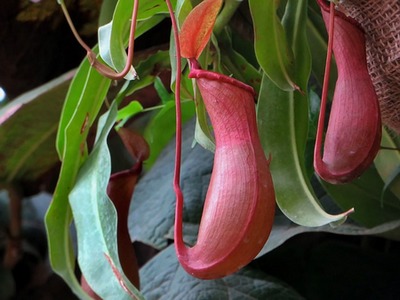
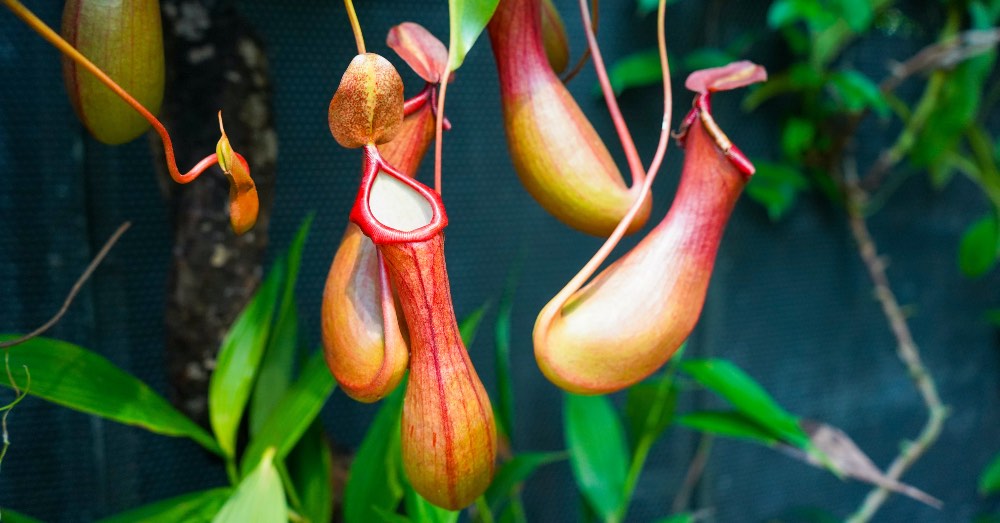
It is one of the carnivorous plants that arouses the most curiosity due to its unique morphology. Beautiful and seductive, it is an object of desire even for those who are not part of their specimens of these unique plants. But be careful: the care of the Nepenthes is not easy and requires a certain experience in the care of carnivorous plants. Something that should be known before assuming the details of its cultivation.
While in other plants it is easy to say what their origins are, in the case of Nepenthes it is not possible to generalize. We are talking about a genus with more than 115 different species from such disparate places in the world as Australia, Madagascar, India or South American countries. Although its distribution around the world is extremely varied, all those places where Nepenthes is naturally present have something in common: they are tropical forests with a high degree of humidity. Something that already gives us a clue about its needs when we grow it as part of our indoor plants. And here the question arises: can they be kept outdoors? It all depends on what our weather is like.
Bearing this in mind, let’s see in depth what the care of the Nepenthes is. A way to consider enjoying it at home.
CLASSIFICATION OF THE NEPENTHES ACCORDING TO THEIR ORIGIN
The disparity regarding the different species directly determines the care of the Nepenthes. And while it might seem like a minor detail, it’s crucial to your survival. Knowing in depth the type of plant that we have chosen will make its way of cultivation vary substantially in what are, without a doubt, its main requirements: the temperature and the degree of environmental humidity.
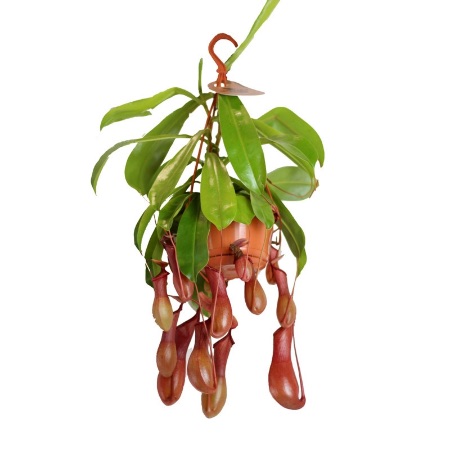
Taking this into account, the Nepenthes are classified into three established groups based on the height at which they are present in nature:
- Lowland or lowlands: Plants that grow on land up to 1000 meters above sea level with a warm climate. They demand stable temperatures and a very high degree of environmental humidity. They are the easiest to grow.
- Intermediate or intermediate lands: Hybrids between Nepenthes and Nepenthes are thus classified
- Highland or highlands: They are those that are located at latitudes between 1000 and 3000 meters above sea level. They do not need such high temperatures
CARE OF THE NEPENTHES FUNDAMENTALS FOR YOUR HEALTH
Apart from the classification, it is interesting to know in depth what the morphology of the Nepenthes is. Regardless of the species, they all have a singularity: their traps are bag-shaped and have an upper leaf, larger or smaller depending on the species. At first glance, we might think that this leaf has the function of trapping its prey inside. However, its presence could be added to the list of carnivorous plant curiosities. The purpose of that sheet, in fact, is to prevent excess rainwater from entering.
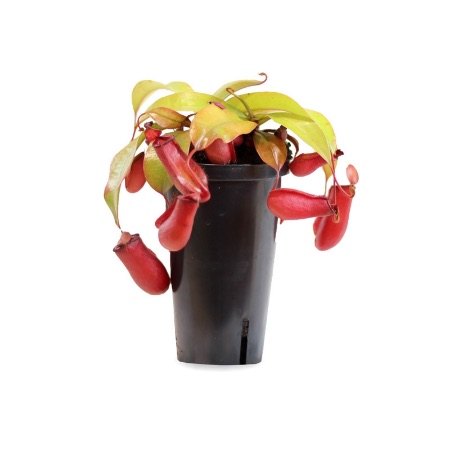
For what reason would this plant have developed that upper leaf? It is believed that with a highly practical purpose. Inside each bag, Nepenthes has glands that produce nectar that is irresistible to insects. Preserving their perfume and consistency, key to being able to digest them, seems to be the plant mechanism that justifies the presence of that leaf.
Leaving aside the curiosities, it is time to know the care of the Nepenthes. Some that, as we said, have a certain complexity that is not recommended for those who start caring for plants.
1. The location, the starting point in the care of the Nepenthes
The tendency to cultivate Nepenthes as part of our indoor plants responds, above all, to being able to keep them safe from the cold. To do it in this type of environment, it will be essential to place our plant in a very bright space. The intensity of the coloration of their jars will depend on the amount of light they receive. And no: it is not a good idea to expose them to direct sunlight. They do not tolerate it, and it could burn.
If we opt for its cultivation outdoors, it will be essential to place it sheltered from the sun. In nature, they live in the shade of trees, so we have to recreate the same conditions to ensure their well-being.
2. The substrate, essential for its development
One of the characteristics of Nepenthes cultivation is that it needs to have a permanently moist soil. Let’s not confuse this with drowning it, since its root system does not support waterlogging.
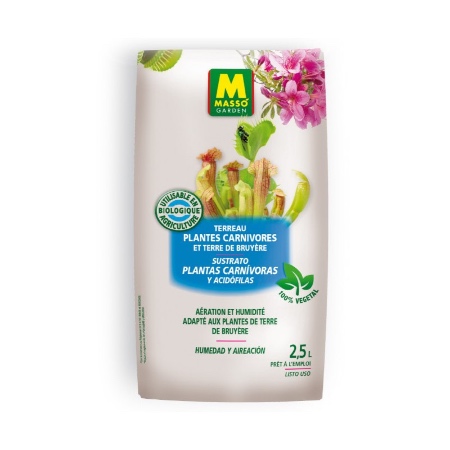
To provide our plant with what it needs, the ideal is to opt for a specific substrate for carnivorous plants. Failing that, we can grow them in spagnum moss; or in a mixture of blond peat without fertilizer and with perlite in equal parts.
3. Irrigation, an almost daily task
Yes, you read it right. As we said, the Nepenthes needs to have a substrate that is always moist, so watering will be its most regular care. To do it correctly, the important thing is to thoroughly soak the root ball of our plant. In this way, the roots will have the moisture they demand. And no: the classic gesture of leaving a lower plate with water is not a good idea, since they could rot. We will only consider it in very hot months, and occasionally if temperatures are very high.
In addition to this, always use distilled water or rainwater. They do not support hard water.
4. Temperature, crucial for your health
One of the care of the Nepenthes that we will have to adapt to the type of species that we choose since, according to the classification that we saw before, it varies substantially.
While the highland Nepenthes require a temperature of 25 degrees during the day and 15 at night for their survival; the Lowland calls demand a constant temperature of between 25 and 30 degrees.
5. Environmental humidity, another aspect to monitor closely
Regardless of the type of Nepenthes we choose, their environmental humidity needs are high. What’s more: whether or not it has the right grade will directly depend on whether or not it is capable of creating its unique jars. What range of ambient humidity are we talking about? Between 70 and 80%. Something that we can only achieve through a humidifier, or naturally in very humid climates.
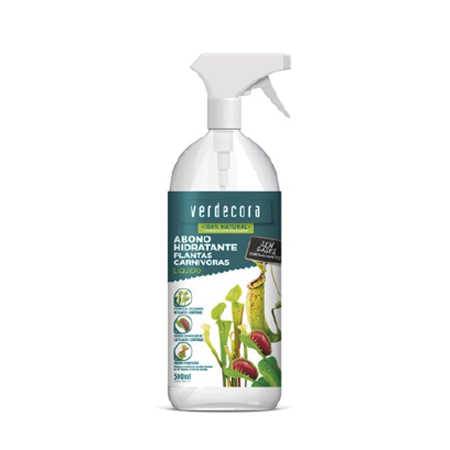
But regardless of the environment, it is convenient to write down the daily hydration of its leaves in the Nepenthes care list. Something that we must do with distilled water and, in very hot months, several times throughout the day.
6. The fertilization, a task that we should not contemplate as part of the care of the Nepenthes
Although other carnivorous plants appreciate a regular dose of fertilizer, in the case of Nepenthes it can be detrimental to its development. We are talking about plants that get the nutrients they demand thanks to what they trap in their jars, so that would be enough. What’s more: the roots of the Nepenthes are not prepared to process an artificial fertilizer, so if we give it to them, we could compromise their life.
If we see that our plant has not hunted for some time, we can help it by offering it flies or ants. Fundamental: that our way of catching them
Do you dare to face a crop as demanding as it is unique?

![Photo of Planting Avocados: [Forms, Transplantation, Irrigation, Soil and Diseases]](https://www.complete-gardening.com/wp-content/uploads/2022/08/planting-avocados-forms-transplantation-irrigation-soil-and-diseases-390x220.jpg)
![Photo of How to Plant Macadamia Nut in [8 Steps + Images]](https://www.complete-gardening.com/wp-content/uploads/2022/08/how-to-plant-macadamia-nut-in-8-steps-images-390x220.jpg)
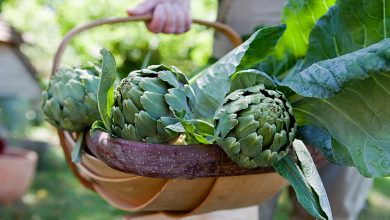
![Photo of Potato Beetle: [Identification, Elimination and Prevention]](https://www.complete-gardening.com/wp-content/uploads/2022/08/potato-beetle-identification-elimination-and-prevention-390x220.jpg)